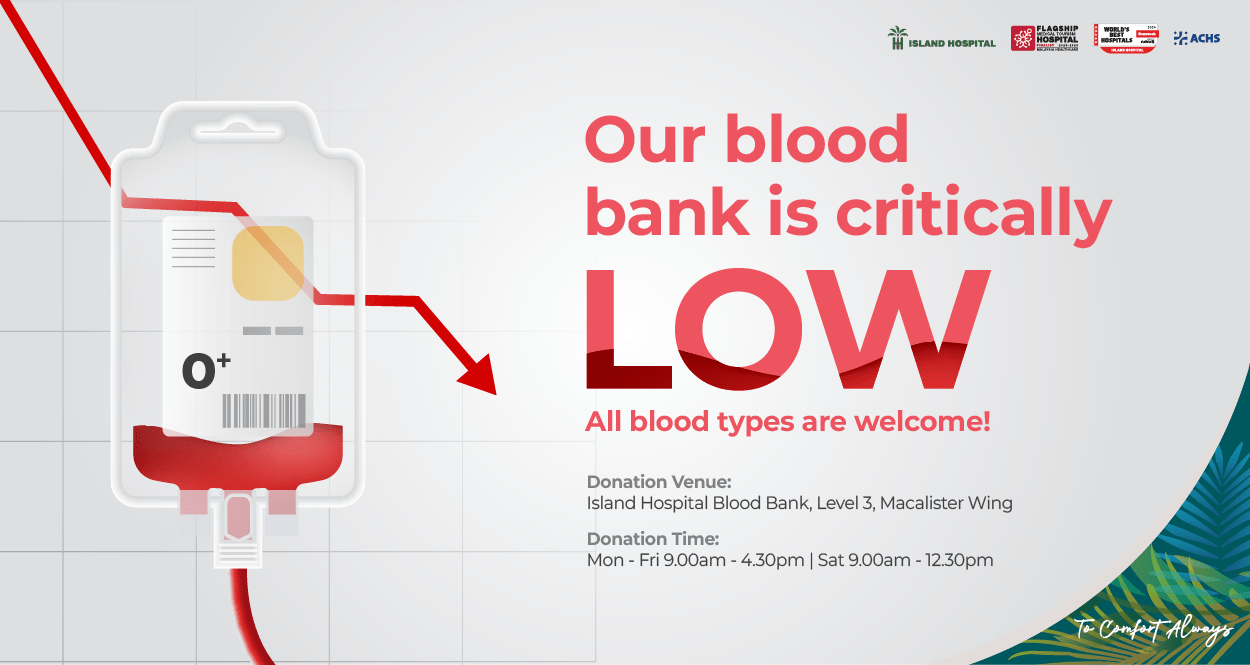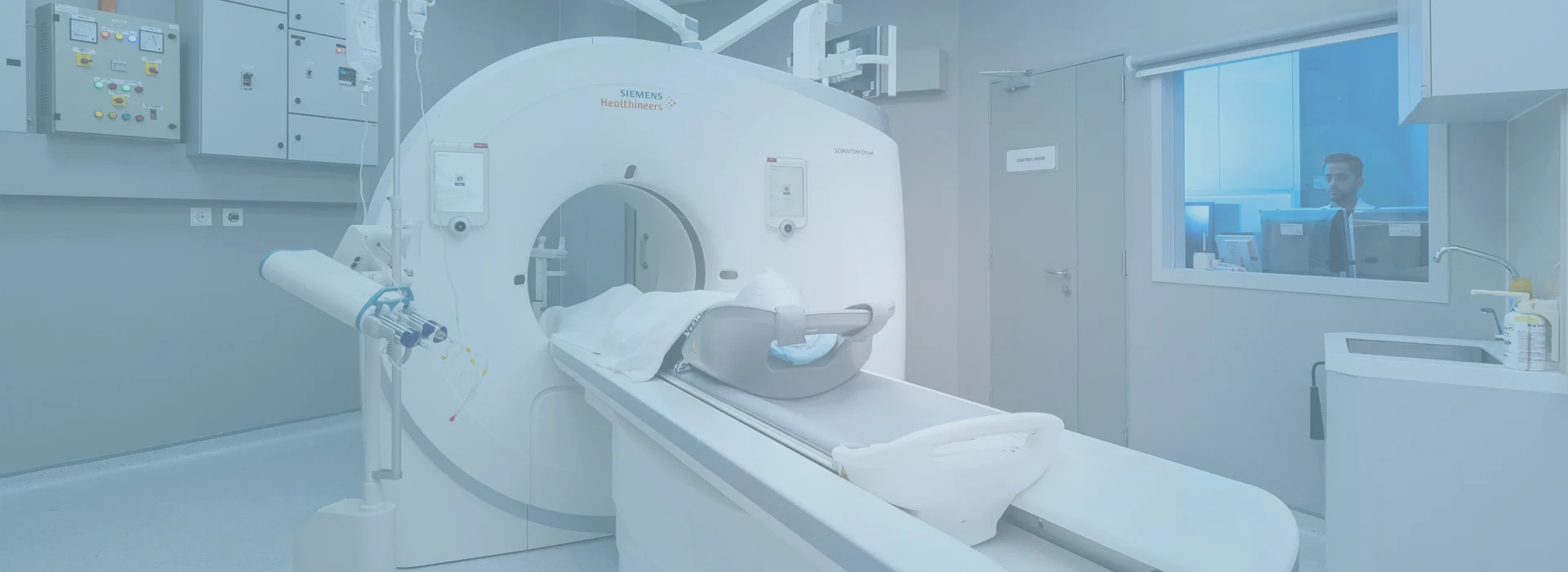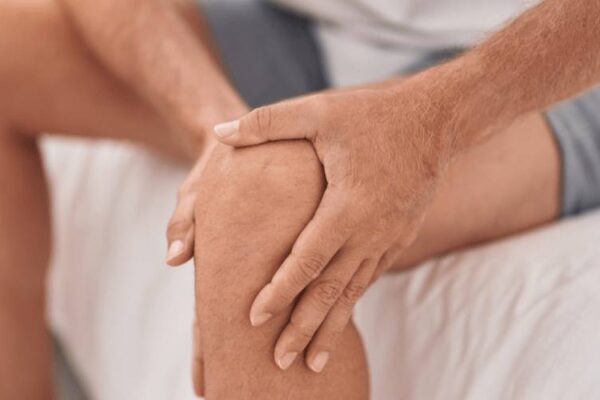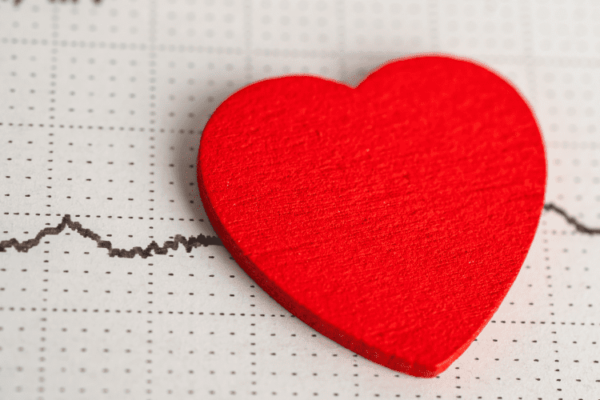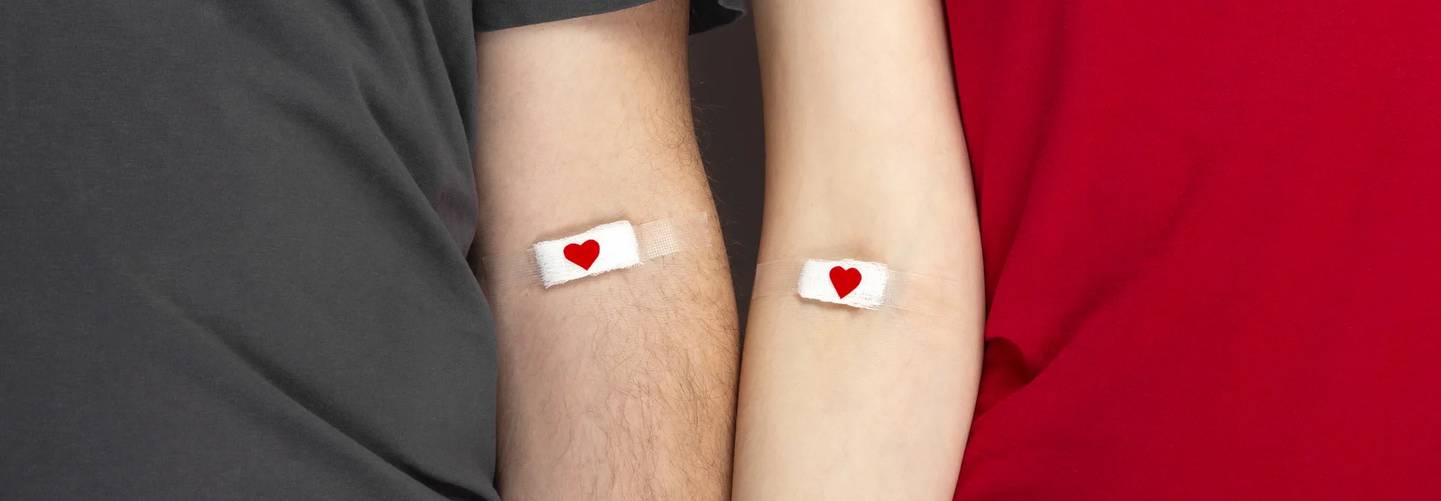
10 Jun Blood Donation – What you need to know
Blood Donation – What you need to know
By Island Hospital | June 10, 2024 12:00:00 PM
Giving blood can be a life-saving action to the recipients, but it may also have benefits for the donor.
Read on to learn the health benefits of donating blood and the reasons behind them.
How can you benefit from donating blood?
A donor will have to undergo a simple blood test before giving blood. While these tests are not in-depth tests, they may help to identify health concerns which were unknown before to the donor, such as anemia or high or low blood pressure.
The preliminary test will check the donor for the following:
- Blood pressure
- Heart rate
- Temperature
- Haemoglobin, or iron levels
Should the test reveal a problem, then the donor will not be able to donate blood. On a positive note, the results could be the initial step towards seeking treatment.
Eligibility
First, ensure that you are fit, well and healthy, and find out if you are eligible for a donation.
- Age:
- At Island Hospital, first time and regular donor can be between 18-60 years old.
- Prospective donor aged 17 years old must provide a guardian/parents’ written consent
- Weight:
- At least 45kg
- Illnesses:
- No medical illness
- High risk activities:
- Not involved in any high risk activities such as same gender sex (homosexual), bisexual relations, sex with commercial sex worker, change in sexual partner, taken intravenous drug, had sexual relations with any of the above
- Last blood donation:
- Island Hospital follows the National Blood Centre guidelines to accept blood donors with a minimum interval of 8 weeks from his/her last whole blood donation, as long as the minimum Haemoglobin level and MCV level of more than 80fL is achieved.
- Do note that the maximum number of whole blood donations is 4 times per year.
- Female Donors:
- Female donors must not be pregnant, last menstrual period must be more than 3 days ago, and not breastfeeding
- Do not donate blood if you had:
- Stayed in the United Kindom (England, Northern, Ireland, Scotland, Wales, Isle of Man or Channel Island) or Ireland from year 1980 until 1996 for a period of 6 months or more.
- Stayed in Europe from year 1980 until now, for a period of 5 years or more.
In case your menstrual cycle is late, there could be several reasons behind it. Read our article on “Why is My Period Late? 10 Reasons & When to Worry” to learn more!
How to prepare for your blood donation
- Have at least 5 hours sleep the night before you plan to go for a donation.
- Eat a healthy meal before your donation. Avoid fatty foods, such as a hamburger, fries or ice cream.
- Drink plenty of water and keep hydrated.
- Check to see if the medications that you are taking or had recently taken would prevent you from donating. Talk to your doctor before discontinuing any medications.
- Wear a shirt with sleeves that can be rolled up above your elbows.
What to bring
- Original MYKad for Malaysians or passport for foreigners
- Your blood donation booklet if you have one.
What to expect on the day of your donation
When you arrive at the laboratory to donate blood, you will first be asked to fill out a form which includes questions on your medical history and questions about behaviours known to carry a higher risk of blood borne infections — infections that are transmitted through the blood.
Due to the risk of blood borne infections, not everyone can donate blood. (In view of current COVID-19 pandemic, donors are required to fill up a COVID-19 Declaration form as well, prior to any blood donation).
You will also have a brief physical exam, which includes checking your blood pressure, pulse and temperature. A small blood sample will be taken to check your blood haemoglobin level). If your haemoglobin concentration is normal and you’ve met all the other screening requirements, you can donate blood.
For a virtual walkthrough to our laboratory, watch the video here
In case you’re facing high blood pressure, it’s important to understand the risks and how to manage it. Read our article on “Hypertension – the silent killer you need to know” to learn more!
During the blood donation procedure
You will be asked to lie or sit on a reclining chair with your arm extended on an armrest. Do let us know if you have a preference for which arm or vein to use. We will place a blood pressure cuff or tourniquet around your upper arm to fill your veins with more blood. This makes the veins easier to see and easier to insert the needle into, and also helps fill the blood bag more quickly.
Then the skin on the inside of your elbow is cleaned and a new, sterile needle is inserted into a vein in your arm. This needle is attached to a thin, plastic tube and a blood bag.
When the needle is in place, and ready, you will be asked to slowly squeeze and release your fist a few times to help the blood flow. Blood samples will be collected for infectious disease screening tests. When these have been collected, blood is allowed to fill the bag. The usual collection is 350-450ml of blood, depending on the donor’s body weight and gender. It usually takes about 10 minutes or so to fill the bag. Upon completion, the needle is removed and a small bandage is placed on the needle site.
After the procedure
You will be observed for a bout fifteen minutes and given some isotonic drinks after your blood donation. If you feel fine, you may then leave.
It is advisable to drink extra fluids after your donation, and avoid strenuous physical activity or heavy lifting for a few hours. If you feel lightheaded, lie down with your feet up until the feeling passes. You may also consider adding iron-rich foods to your diet to replace the iron lost with blood donation.
Do remember to keep your bandage on and dry, and if bleeding occurs after removing the bandage, put pressure on the site and raise your arm until the bleeding stops. If bruising occurs, apply a cold pack to the area periodically during the first 24 hours.
Should you feel fit after 3 months, you may donate blood again.
Schedule an Appointment with Island Hospital
As our blood bank is critically low, Island Hospital urgently needs blood donations to support our patients in need. Every blood donation can save up to three lives. Your contribution can make a significant difference and save lives.
Our Blood Donation Centre is conveniently located on the 3rd floor of the Macalister Wing. We are open Monday to Friday from 9:00 AM to 4:30 PM, and on Saturdays from 9:00 AM to 12:30 PM, making it easy for you to find a time that fits your schedule.
At Island Hospital, we prioritize your comfort and safety. Our state-of-the-art facilities and dedicated healthcare professionals ensure a seamless and positive donation experience. Your health and well-being are our top priorities.
Join us in this life-saving mission. Contact us today!
